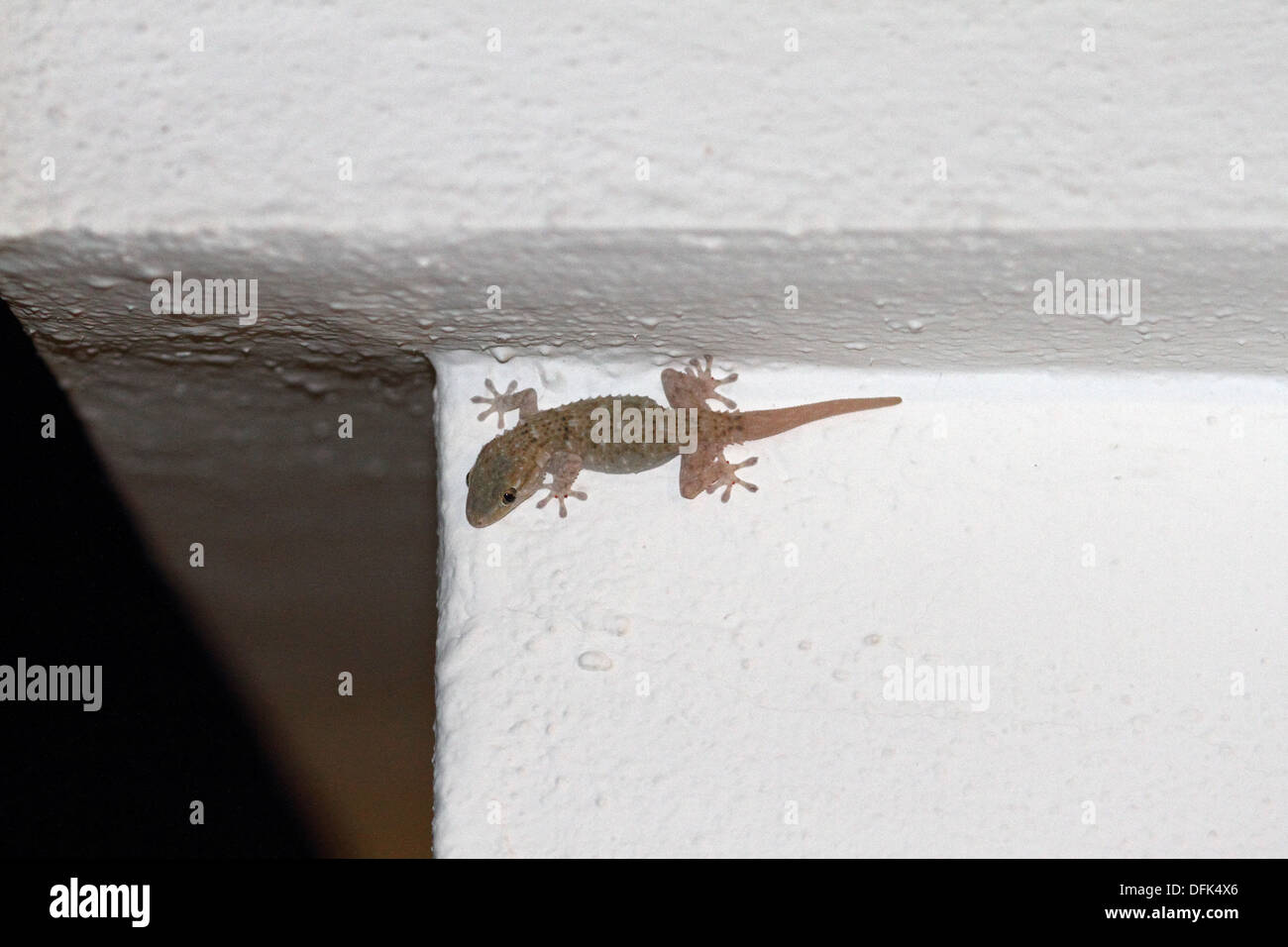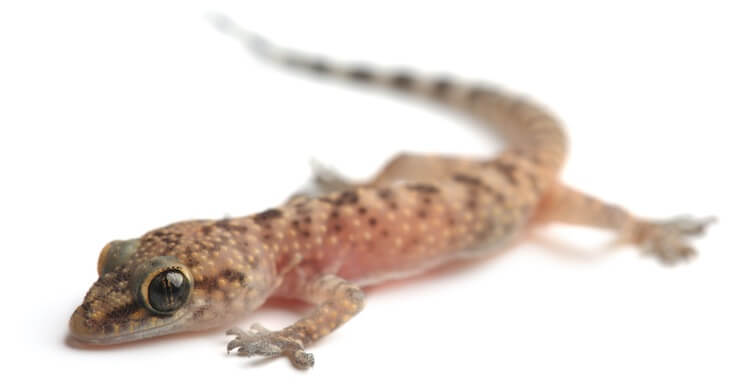Table Of Content

By prioritizing their wellness, you can enjoy many years of companionship with these captivating reptiles. Preventive care plays a significant role in maintaining the overall health and wellness of your Mediterranean House Gecko. By implementing a few simple measures, you can help prevent many common health issues and ensure a long and happy life for your gecko.
More from The Spruce Pets
Mediterranean house geckos (Hemidactylus turcicus) are native to the western region of the Middle East, northern Africa, and the majority of the Mediterranean region. In conclusion, while keeping Mediterranean House Geckos together is possible, it is important to consider their individual needs and provide adequate space and resources. Monitoring their behavior and ensuring a stress-free environment is crucial for their well-being. Additionally, providing proper nutrition, maintaining suitable temperature and lighting, and offering regular veterinary care are essential for maximizing their lifespan in captivity. By following these guidelines, you can create a harmonious and fulfilling environment for your Mediterranean House Geckos.
Native Reptiles Of Pakistan - WorldAtlas - Worldatlas.com
Native Reptiles Of Pakistan - WorldAtlas.
Posted: Sat, 02 Dec 2017 16:30:44 GMT [source]
Mediterranean Gecko(Hemidactylus turcicus)
Owners of pet common house geckos should be careful not to contribute to the invasive species problem by releasing them into the wild in foreign zones. But if you catch a house gecko in North America to keep as a pet, you won't be doing harm to the species overall. As such, there is a close relationship between activity levels and correlated air temperature.[8] Timing of the circadian rhythm of the common house gecko is further impacted by light levels. This rhythm tends to involve the highest population presence around midnight, with highest activity levels just after sunset,[29] with a gradual reduction until dawn. They are beneficial visitors because they are good at keeping insect populations in check, so many people welcome their cohabitation in their homes. Typically, they eat the insects that are drawn to light sources in and around the home at dusk and dawn.
Common Health and Behavior Problems
Once the eggs are ready to hatch, the baby geckos will use their egg tooth, a small protrusion on their snout, to break free from the eggshell. It is important not to interfere with this process, as the hatchlings need to complete it independently to strengthen their muscles and develop properly. While Mediterranean House Geckos are generally hardy and resilient creatures, they can still be susceptible to certain health issues. It is important to be aware of these potential problems so that you can address them promptly and effectively.


Place a basking lamp on one side of the aquarium to raise temperatures to 90 degrees. If you happen to live in an area where these lizards are common, it’s always a better idea to buy from an established breeder or pet store. Captive-bred lizards are usually healthier, have a lower risk of genetic issues, and will typically have a longer lifespan. Like most geckos, the Mediterranean house gecko has short and stocky limbs. A hand of dexterous fingers and sticky pads make it easy for them to get around their environment.
What To Put In Their Habitat
However, they may not provide as much enrichment as other substrates. Mediterranean geckos reach puberty at the age of 5 – 6 months and will reproduce all year round. The male will approach the female and touch her with his snout or bite her neck. Mediterranean House gecko will drop its tail if it feels threatened. Tail loss in geckos may also happen when they become over-stressed. But don’t worry, it will grow back; you will just have to make sure that your gecko eats lots of food and is comfortable as it grows back.
Common Health Issues
Master Naturalists: Geckos are good for controlling insects - Victoria Advocate
Master Naturalists: Geckos are good for controlling insects.
Posted: Wed, 13 Oct 2010 07:00:00 GMT [source]
Before trying this, however, leave your gecko alone for 2 weeks or so to settle in. If your new pet hasn’t eaten by the time the 2 weeks are over, do not handle and make an appointment with an experienced reptile vet. The basking area should be branch or vine directly under the heat lamp. The warmest temperatures in the enclosure will be at the top (near the heat lamp), and the coolest temperatures will be toward the bottom.
Today, you’ll learn about 10 different kinds of geckos in California.
Dominant, territorial males make this noise when males, females, or a bunch geckos are around them. Long, noisy squeaks are generated during defense or conflict with another species. Throughout early development, Mediterranean house gecko eggs that vary in color depending on stage of development. Mediterranean house gecko egg length ranges between 10.4 – 11.7 mm.
Shedding and Skin Care
Females do get along with others so if you want a group of geckos, make sure you only have one male in your enclosure to avoid fighting. Even when kept alone, these lizards need hiding spots such as reptile caves or small clay plant pots placed on their sides. If you are housing more than one gecko in a cage, be sure to provide enough hides to give all of your lizards options to choose the best space to hide from each other. Keeping Mediterranean House Geckos together can be done, but it is important to consider a few factors before deciding to house them communally. These geckos are generally solitary creatures, so it is crucial to provide ample space and resources to avoid territorial disputes.
When keeping a Mediterranean House Gecko as a pet, it’s essential to mimic their natural diet as much as possible, offering them a variety of insects to ensure they get all the needed nutrients. Mediterranean house gecko droppings are long, light brown, and usually have white tips. If the poop looks runny or crumbly, that could indicate a health problem.
One of the fascinating aspects of Mediterranean House Geckos is their ability to shed their skin. Shedding is a natural process for these geckos, and it is essential for their growth and overall health. As responsible owners, it is crucial to recognize the signs of shedding and provide the necessary care to ensure a smooth process for your gecko. It is important to note that not all mating attempts are successful, and females have the ability to reject unwanted advances. If a female is not receptive, she may display aggressive behaviors such as biting or tail thrashing to deter the male. This natural selection process ensures that only the strongest and fittest individuals contribute to the next generation.
The best thing you can do is create a natural setup that mimics a lush environment. Thanks to their distinct look, Mediterranean house geckos are easy to distinguish from other types of geckos. While they have many of the same hallmarks, like sticky toe pads and cylindrical bodies, this species has an eye-catching color.
On the other hand, Giant Leopard Gecko can grow up to 11 inches. On the back of their legs, they might also have pores that are used for chemical signals and markers. It can be difficult to distinguish between the sexes because both sexes are usually the same color. When you first welcome a baby Mediterranean house gecko into your home, you’ll notice that they are quite small and delicate. These little reptiles usually hatch at a length of just 1 to 1.5 inches (2.5 to 3.8 cm). As they grow, you’ll need to ensure that their habitat provides plenty of hiding spaces for them to feel safe and secure.
Thermal independence exists between 26–35 degrees, with some capacity to self regulate temperature. This means that where the environmental temperature is 26–35 degrees, the common house gecko can modify body temperature through behavioural adaptations. For reasons of both tank cleanliness and air quality, the ground layer of your tank is an important consideration. Give your common house geckos a substrate (floor lining) that retains moisture without being noticeably wet, such as reptile bark or shredded coconut fiber bedding. Sand and washable reptile carpeting are not ideal for these geckos as they do not aid in creating a humid environment.
Unlike Leopard geckos, who have non-sticky paws, Turkish geckos have sticky toe pads. They use their sticky feet to climb on almost all surfaces—they can climb well on the glass as well. So you should have a screen lid on the top of their tank so they don’t escape by climbing to the top. Other gecko species, like Satanic Leaf Tailed Gecko, also have sticky toe pads.

No comments:
Post a Comment